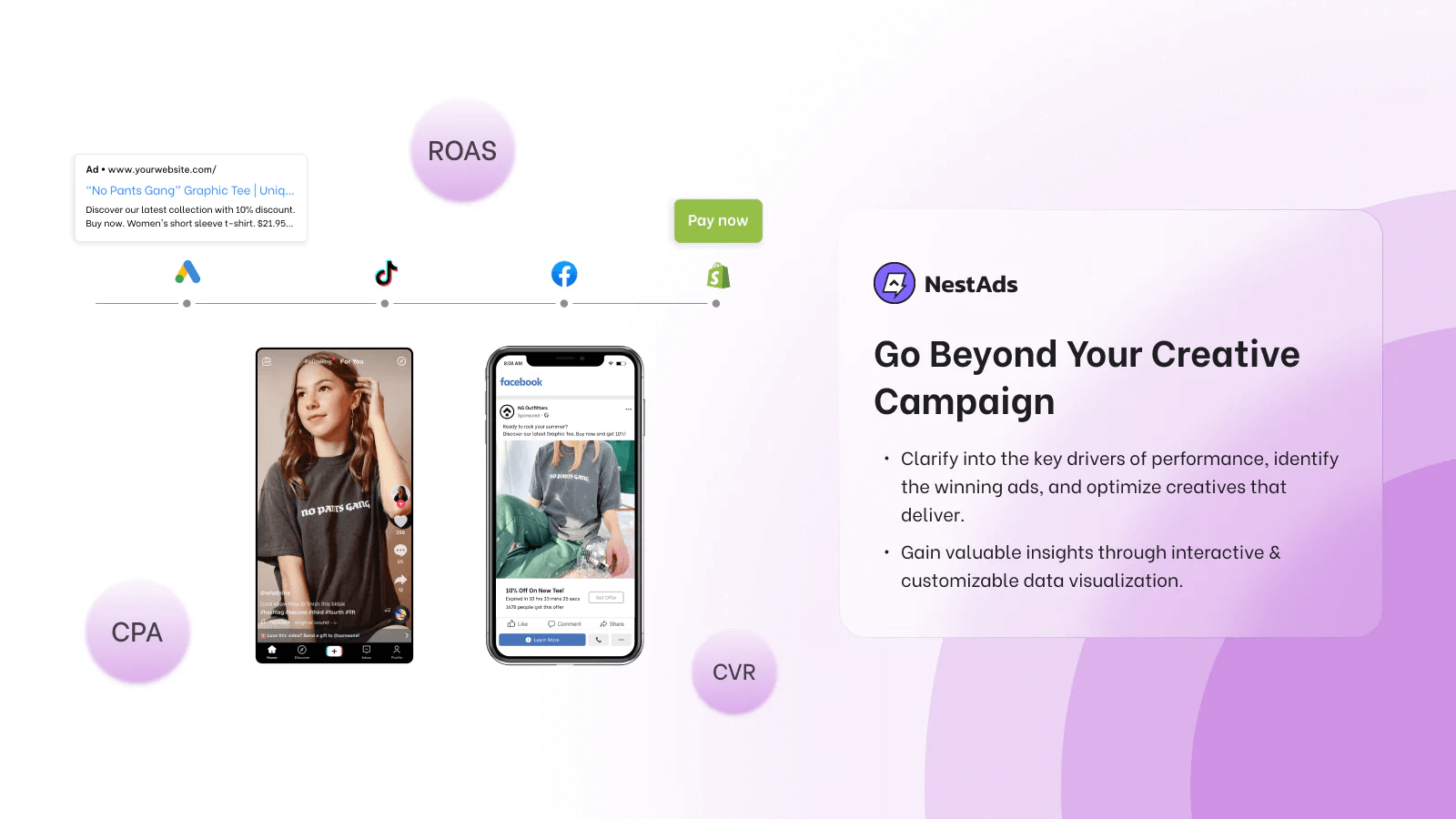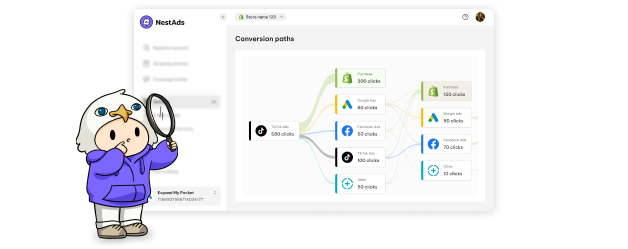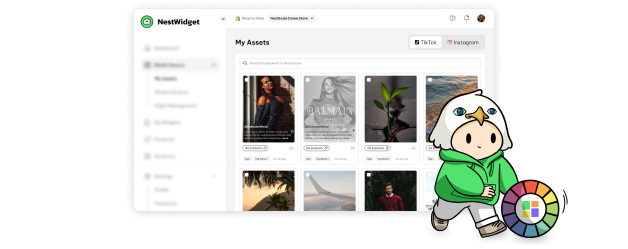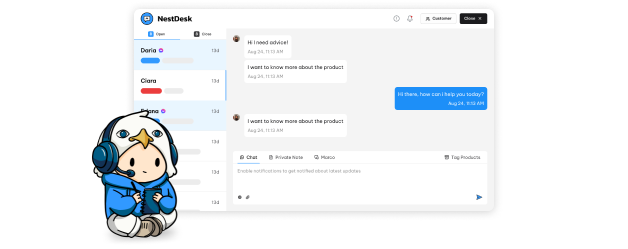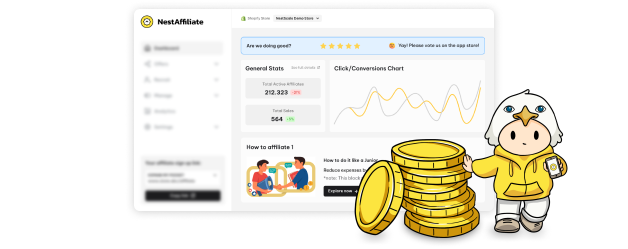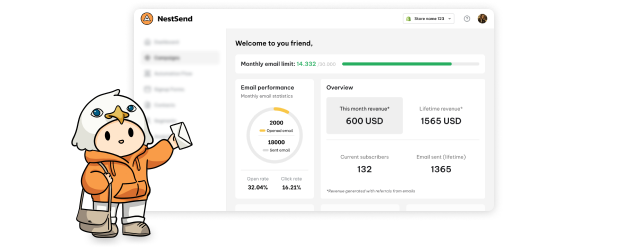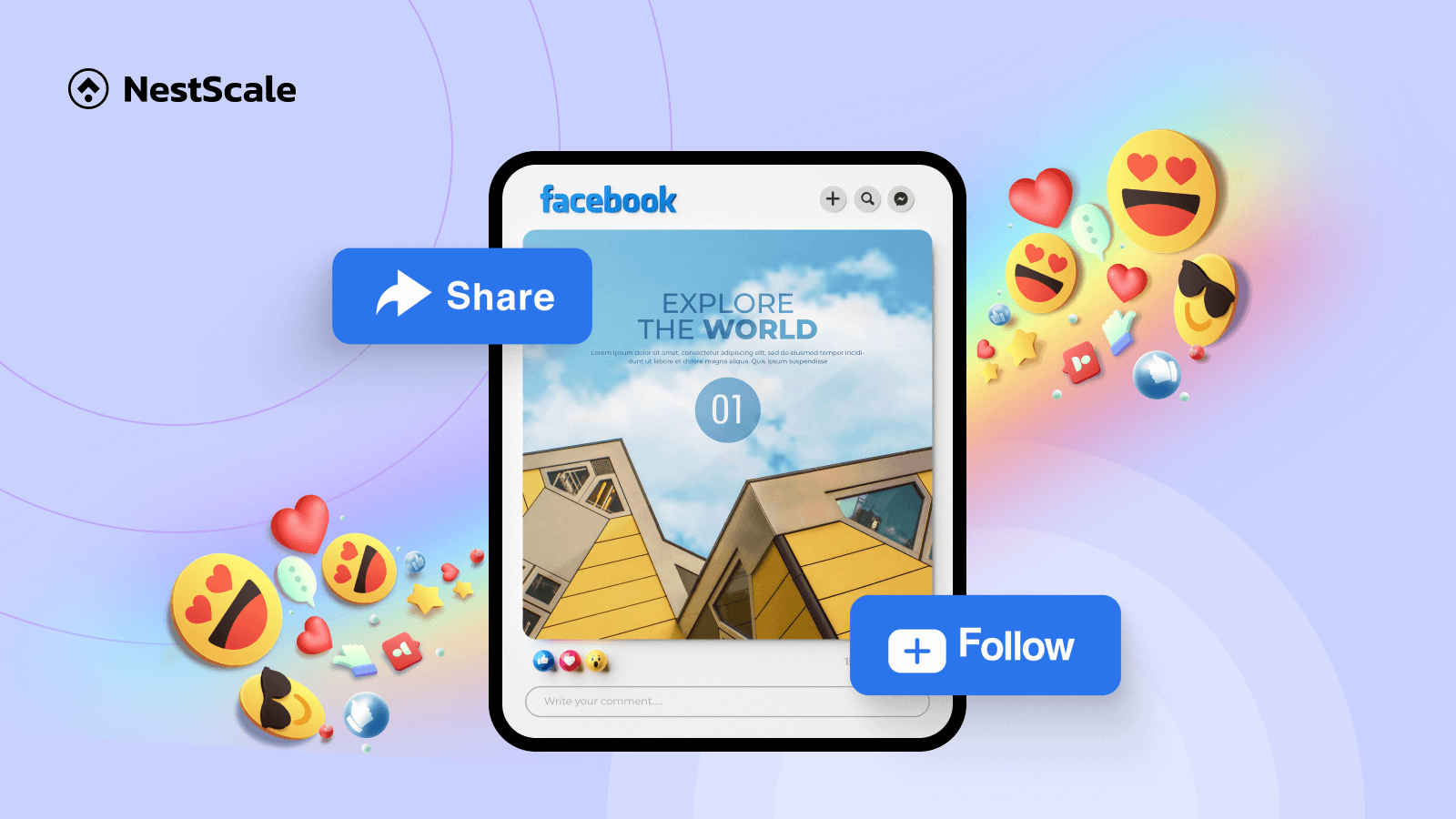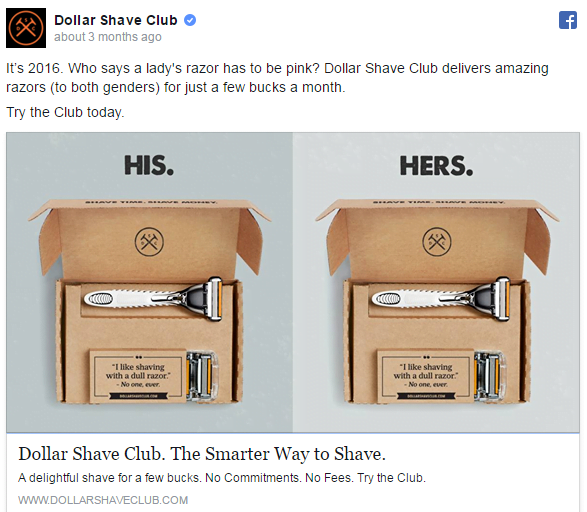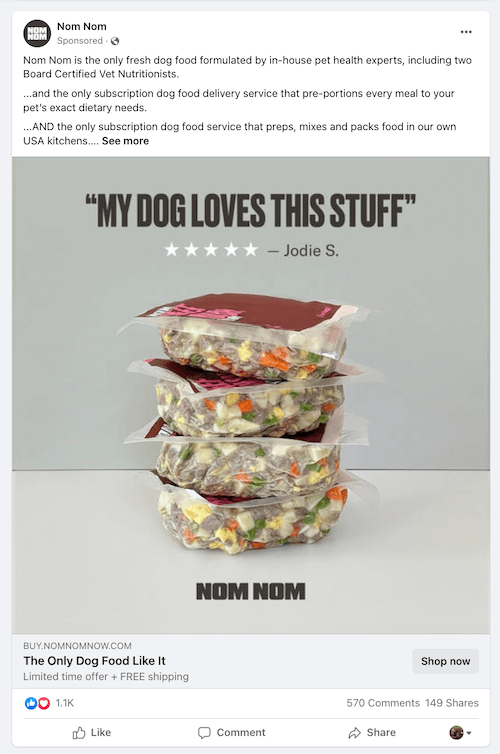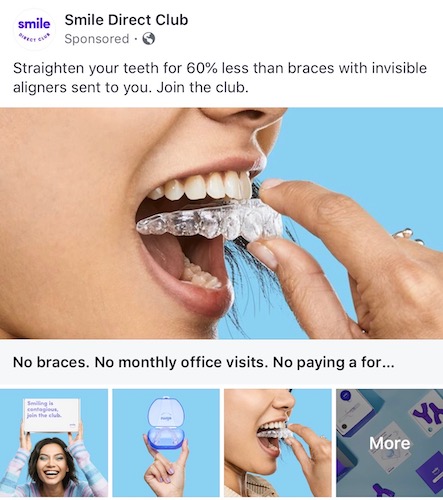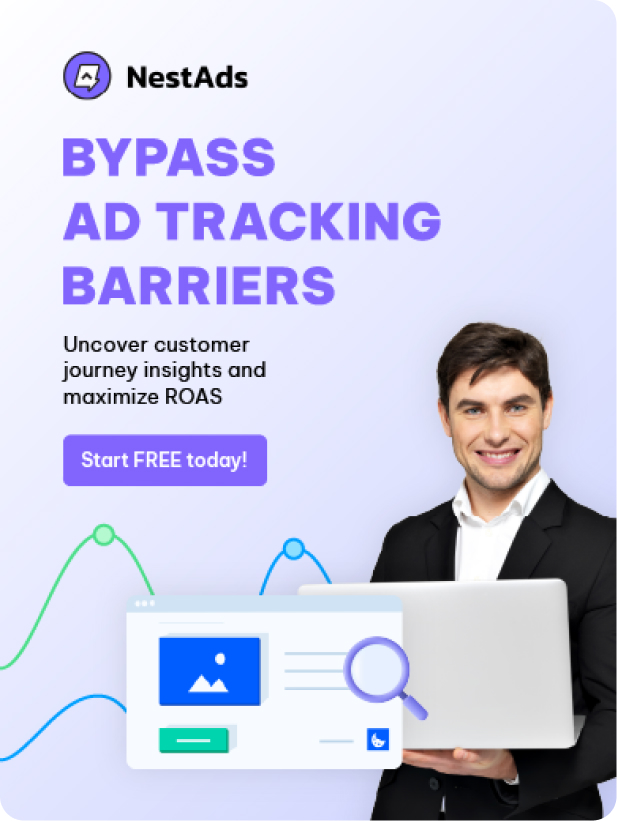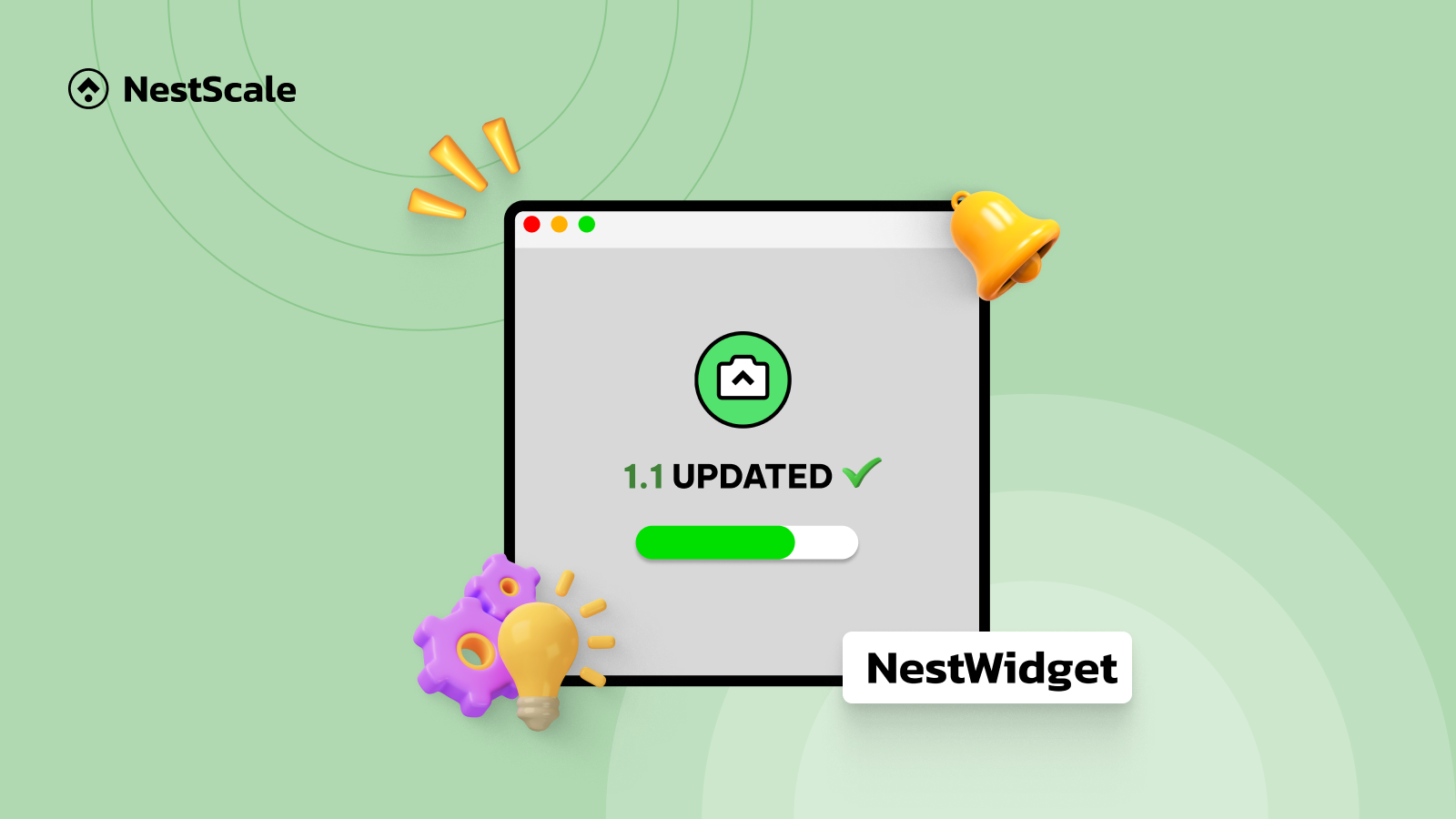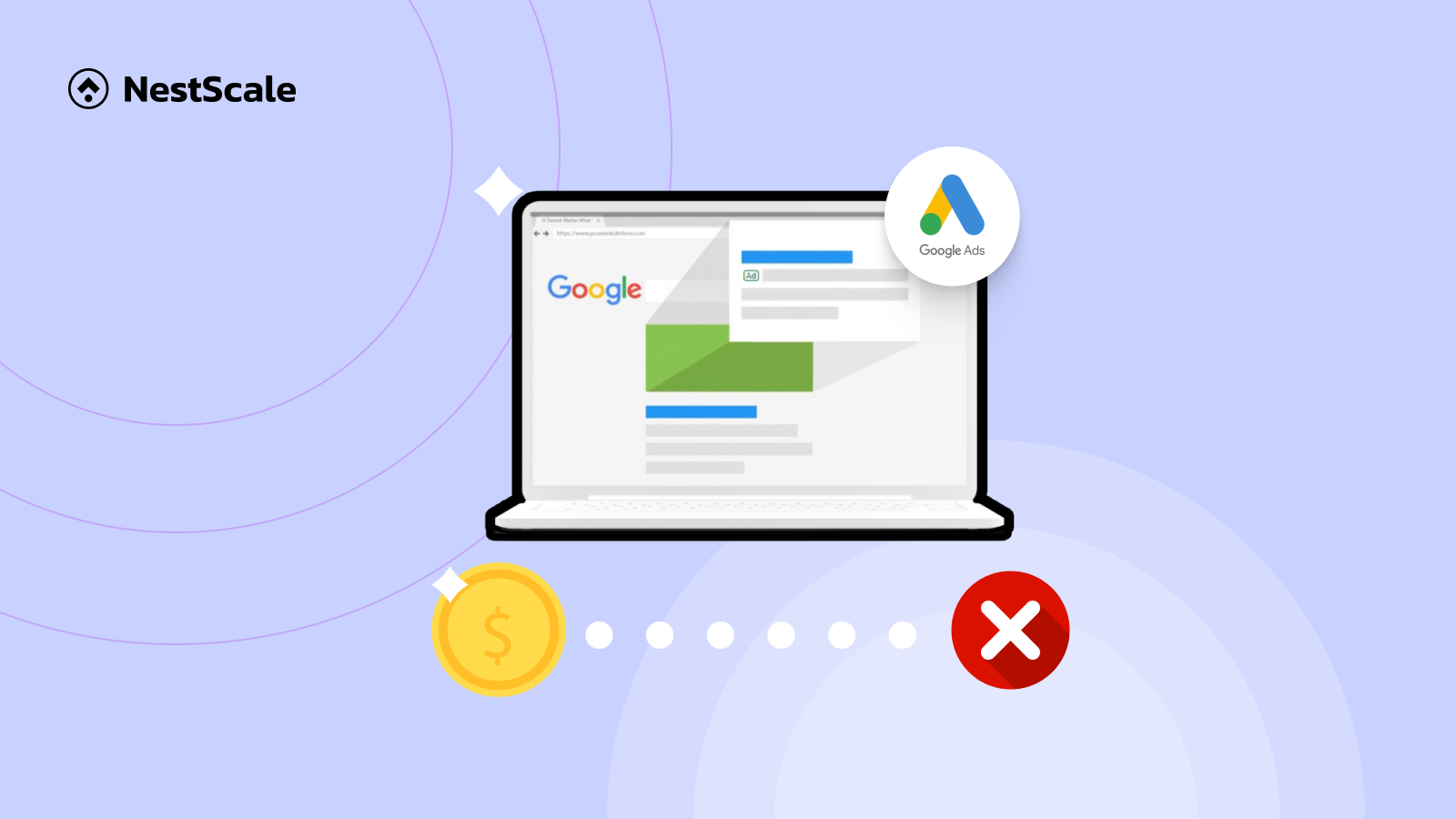Facebook stands out as one of the most popular social media platforms and marketplaces for selling products. With its widespread popularity, creative Facebook advertising has become a crucial tool for unlocking a wealth of opportunities for advertisers. It goes beyond merely posting an ad; it involves crafting a message that resonates with your customers.
In this blog, we’ll explore the different types of creatives available on Facebook and how to use them for the best results. Additionally, we’ll share practical tips and insights to arm you with the knowledge needed to create more effective and impactful Facebook ads. Let’s dive in and discover how to make your Facebook ads truly work for you and stand out.
What is creative in Facebook ads?
A Facebook Ad Creative is a visual component containing advertising information that serves various campaign objectives. Commonly referred to as an ad, it is a fundamental element within the Facebook ad structure, as depicted in the image below.
This breakdown provides a comprehensive overview of the components that make up a Facebook Ads Creative:
| Visuals | Visuals could range from product images to lifestyle shots, animated graphics, or short videos |
| Texts | Headline: A concise and attention-grabbing title that summarizes the essence of your offer or message |
| Description: A brief text that provides more information about your product, service, or promotion | |
| Primary text: This optional field allows for a longer text where you can provide additional details, context, or storytelling to strengthen your message and persuade the audience to take action. | |
| Call to Action (CTA): A clear and actionable button that directs users on what to do next. | |
| Other elements | Location information: Relevant for local businesses targeting specific geographic regions or locations |
| Product tags: Useful for e-commerce ads, allowing users to directly interact with products featured in the ad. | |
| Dynamic content: Content that adapts based on user interests, behaviors, or demographics, enhancing personalization and relevance. |
In general, Facebook ads creative is a sub-section of Facebook ads. While Facebook ads refer to a whole campaign, Facebook ads creative is just about the elements to create an ad.
Types of creative ads on Facebook
Facebook offers a versatile range of ad formats, each catering to different marketing objectives and audience engagements. Understanding these formats is crucial for eCommerce businesses aiming to maximize their advertising efforts on the platform. Here’s a detailed look at the primary types of Facebook ad creatives:
Image ads
Image ads are the simplest form of Facebook advertising, consisting of a single image accompanied by ad copy. They can appear in the News Feed and Stories on Facebook. With image ads, you can enable customers to see high-quality images and directly connect with them. Users can grasp the message within seconds, making them ideal for the fast-paced Facebook feed.
Image ads are ideal for showcasing specific products, special offers, or brand imagery. Image ads can effectively drive traffic to product pages or promotions.
| Advantages | Disadvantages |
| – Directly showcase products – Cheaper than other types of ads – Straightforward to create – They load quickly and are suitable for mobile users. |
– Limited information – Highly competitive |
Video ads
Video ads hold the capacity to present products in detail, evoke emotions, and respond to market trends positioning video ads as an undoubtedly effective method for promoting a service or product. They can appear in the News Feed, Stories, reels, or as in-stream ads in longer Facebook videos. They can range from short, gif-like clips to longer, more detailed product demonstrations or storytelling pieces.
Video ads are excellent for building brand awareness, demonstrating product use, or telling stories that resonate with the target audience. They can significantly increase conversion rates by providing a more in-depth look at a product or service.
| Advantages | Disadvantages |
| – High engagement – Emotional impact |
– High production cost – Limited character count, which requires clear and concise messaging |
Carousel ads
A carousel ad is a unique type of advertisement that lets you include multiple images and/or videos in a single ad unit. You can feature up to ten items, and each one can have its own link. This format allows users to scroll through the carousel to view the variety of content you’ve included.
In addition to carousel ads, Facebook offers another creative option called a Slideshow ad. This feature turns the still images you upload into a video-like experience, designed especially for mobile users. It’s a way to make browsing more enjoyable and user-friendly on mobile devices.
Carousel ads are perfect for displaying multiple products, highlighting different features of a single product, or telling a sequential story that guides the customer through a narrative.
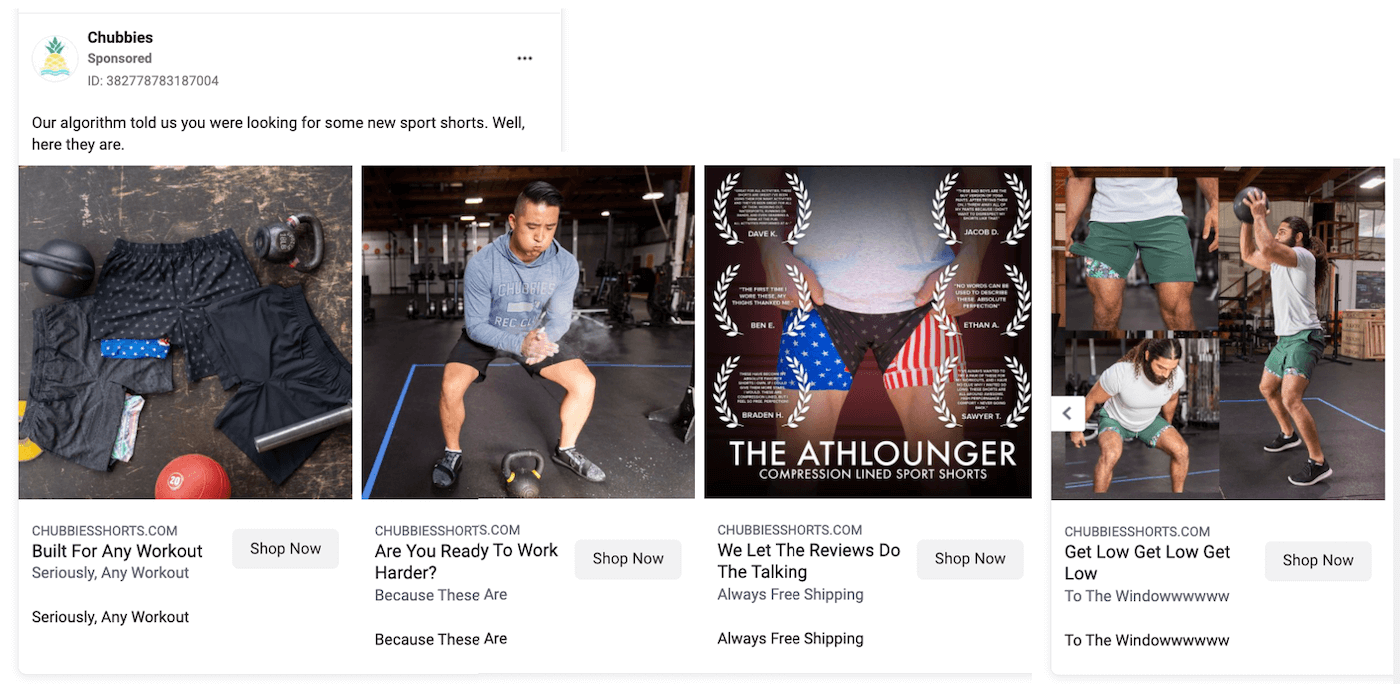
| Advantages | Disadvantages |
| – Increase click-through rate – Make use of multiple visuals |
– Information overload – Customers might not scroll through all the content – A little bit more complex to set up |
Collection ads
A collection ad contains several images and videos, that will appear fully when customers click on your ad. It offers a more immersive shopping experience directly within Facebook. When users click on a collection ad, they’re taken to an instant storefront where they can browse and purchase products.
Collection ads are ideal for retailers with multiple products to showcase. It simplifies the shopping experience, making it easier for customers to browse and buy without leaving Facebook.
| Advantages | Disadvantages |
| – Showcase variety – Improved storytelling |
– Complex to set up – Potential click fatigue due to many options => Might overwhelm users |
How to create a creative ad on Facebook
As we’ve introduced you before, Facebook ads contain many sections and how to utilize them to have the best result is still challenging. However, we’re here to help. Let’s check what you can do to make the best of Facebook ad creative.
Make attractive ad design
The design of your advertisement is crucial to consider as it will be the initial point of contact for customers. Therefore, it’s essential to prioritize selecting your ad and creative elements early on, as they can impact both your timeline and marketing objectives. Here is the detailed construction:
Step 1: Navigate to the Ad Setup section within Meta Ads Management and choose from the four types of ads provided.

Step 2: After selecting a format, proceed to choose your ad creatives by clicking on the relevant button within the Ad Creative section. From there, you can upload images that you’ve already designed or select images from your existing library on Meta Ads Manager.

For every ad creative you design, it’s important to specify where you want your ads to direct your customers after they click on them. You have the option to select Website, Phone call, or Instant Experience, which creates a shopping experience directly on Facebook. This allows customers to browse information seamlessly on the platform without the need to visit a different website.

To ensure your ad stands out among competitors, consider the following suggestions:
- Use Vibrant colors: Opt for colorful visuals to instantly grab people’s attention as they scroll through their feeds. Bold and vibrant colors can help your ad stand out amidst the sea of content.
- Highlight main value proposition: Incorporate your main value proposition directly into the ad image. This ensures that people will quickly understand what your ad is offering without needing to read lengthy text.
- Optimize image or video size: Ensure your ad creatives are formatted correctly for the specific ad placement. Use the right image or video size to ensure that your ads look appealing and professional on every screen, whether it’s a mobile device, desktop, or tablet.
Optimize the ad placement
Meta provides an Advantage+ placement option (also known as automatic placement) that optimizes ad placement across its platforms. If you select this option while setting up your ad set, Meta will automatically adjust the placement to fit the specifications of your ads once you’ve uploaded your media.
We recommend using this feature to ensure your ads are placed in the most optimal locations, enhancing the performance of your creative ads. This approach helps achieve better results by leveraging Facebook’s insights into user behavior and preferences.

However, if you have specific preferences or data, manual placement lets you choose where your ad appears (e.g., Facebook News Feed, Instagram Stories, Audience Network).

Ad placement is a crucial aspect of creating effective creative ads for several compelling reasons:
- Optimal user experience: The effectiveness of an ad often depends on how naturally it fits into the user’s browsing experience. For instance, a video ad might perform better in Stories, where users expect to see video content, whereas an image ad could be more effective in the News Feed.
- Cost efficiency: Ad placement can affect the cost and performance of your campaigns. Some placements may have higher engagement rates but could be more expensive. Balancing placement with budget and campaign goals is essential for maximizing return on investment (ROI).
- Platform suitability: Each placement option has its characteristics and constraints. For example, ads in the Facebook Marketplace are likely to reach people in a shopping mindset, while ads in the News Feed might be better for brand storytelling. Understanding these nuances helps in crafting more effective ad strategies.
Craft appealing ad copy
Following the ad design, your ad copy plays a crucial role in convincing readers to take action, such as learning more about your product or making a purchase. The ad copy encompasses the primary text (appearing above your ad creative), the headline (the bolded title below your ad creative), and the description (the text beneath your headline). These elements work together to persuade your audience effectively.
Despite you can do it by yourself, consider our suggestion for better ad copy:
- Keep your ad copy short and concise ( 25 or fewer characters with the primary text, 90 or fewer characters with the description including powerful CTA)
- Experiment with different headlines, descriptions, and CTAs to see what resonates best with your audience
- Your visuals should complement your ad copy and further entice users to engage.
- Make sure your ad copy adheres to Facebook’s advertising policies.
Practices to create a winning Facebook ads creative
Having found 4 types of prominent Facebook ads, now let’s move on to the next part where we discover some strategies to make a winning Facebook ad by using creative elements.
Define your target audience
In PPC marketing, like on Facebook, pinpointing your target audience is vital for effective ad creatives. To optimize your return on ad spend (ROAS), it’s imperative to ensure that your ads are reaching individuals genuinely interested in your products.
A strategic approach includes researching brands that share similar audiences. By examining their top-performing posts, you can learn important details about their ad copy, images, videos, and Call-To-Action (CTA) buttons. Using a variety of creatives within the same ad set allows for organized experimentation. This helps you identify which elements are most effective.
Consistently analyzing these aspects enables you to draw conclusions and recognize common effective practices. This ongoing process not only improves your ad creatives but also ensures they connect with your target audience. This leads to a more successful and engaging advertising strategy.
Utilize Facebook Library
Facebook provides tools that can be valuable in discovering compelling content. One such tool is the Facebook Ad Library, offering not only content inspiration but also the ability to analyze your competitors’ content.
Here are the steps to navigate the Ad Library:
- Select the country you’re interested in for content insights.
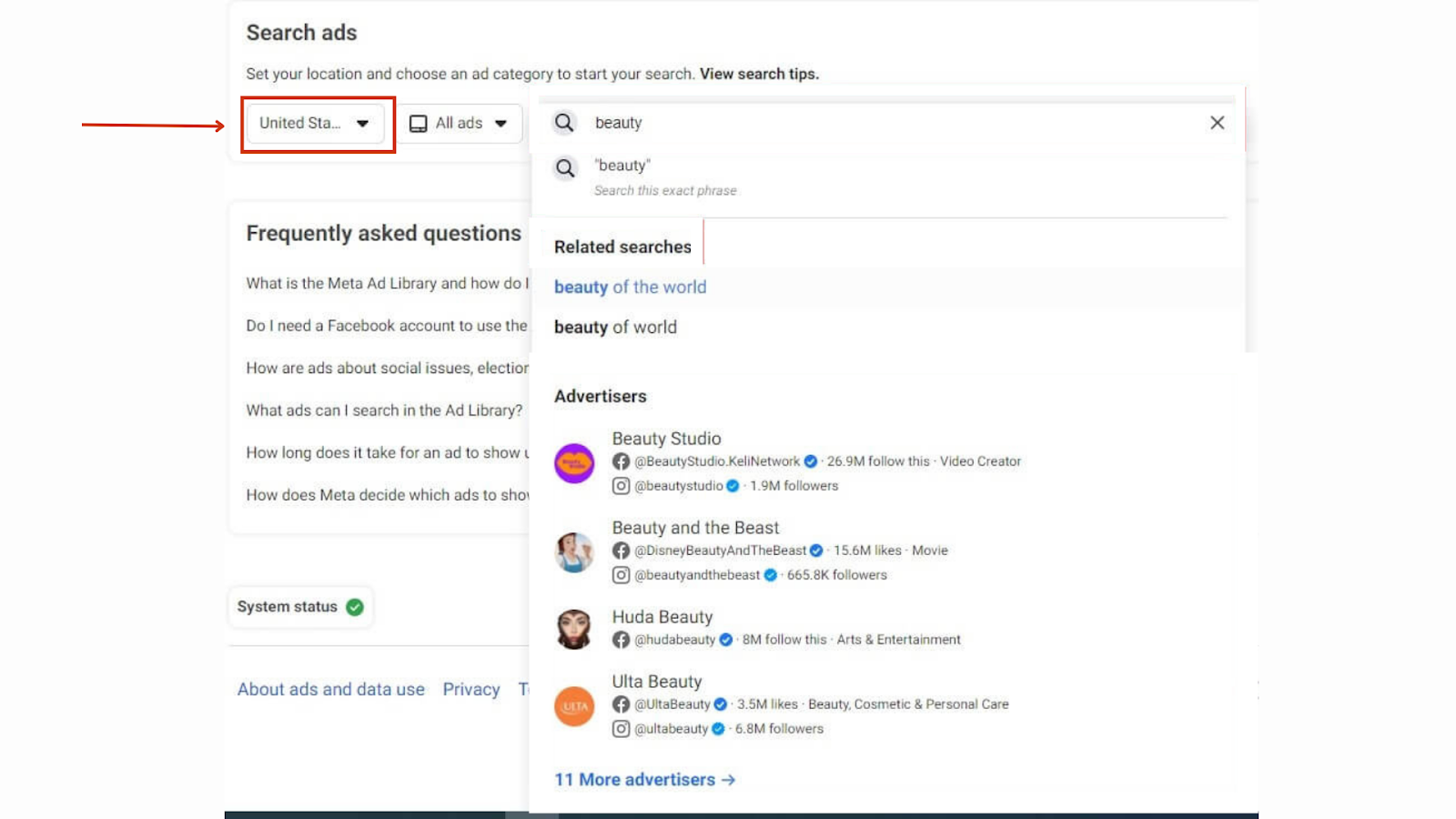
- Input a keyword in the search bar
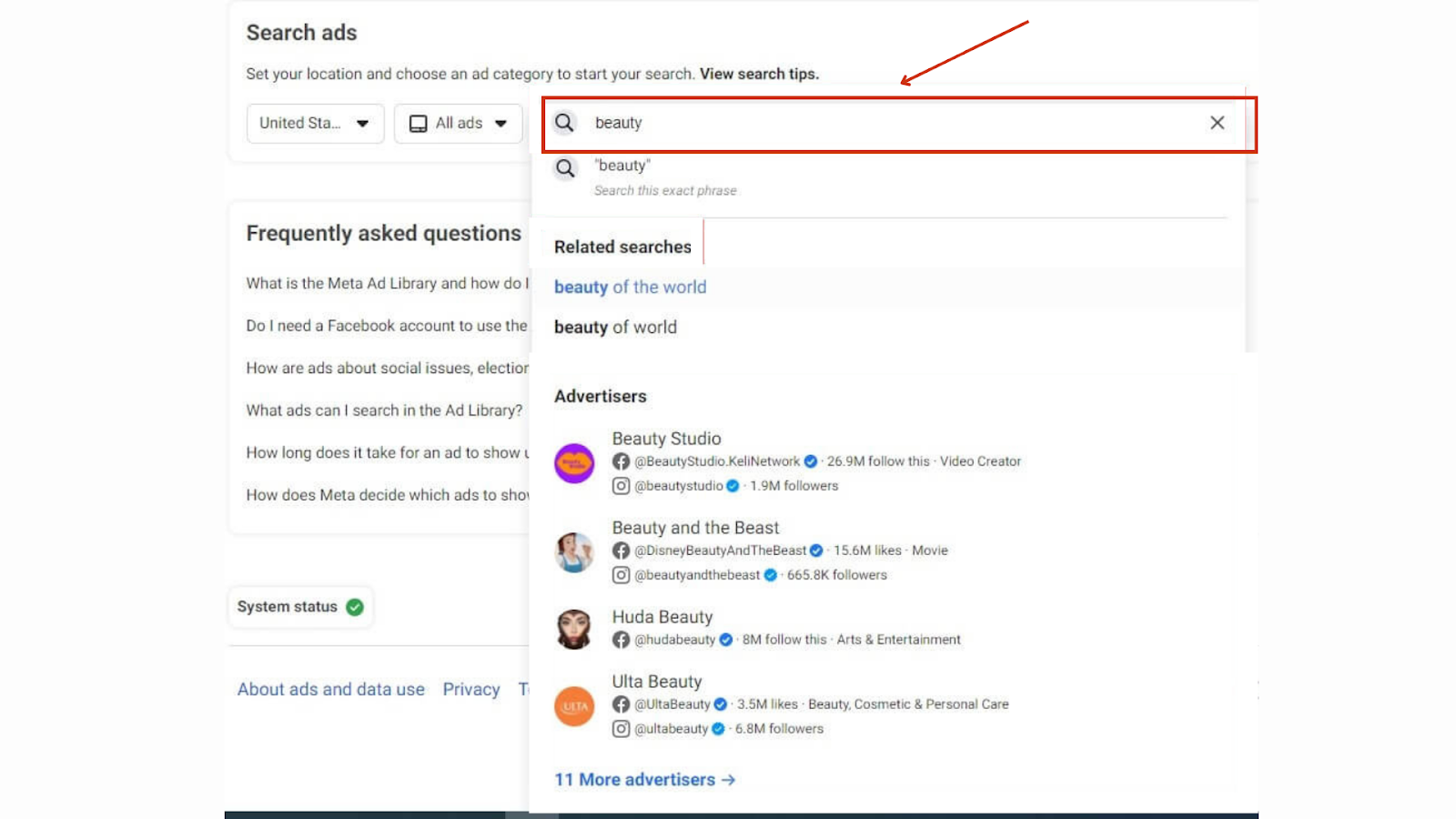
- Examine the related searches suggested by Facebook and click on the advertiser you want to analyze
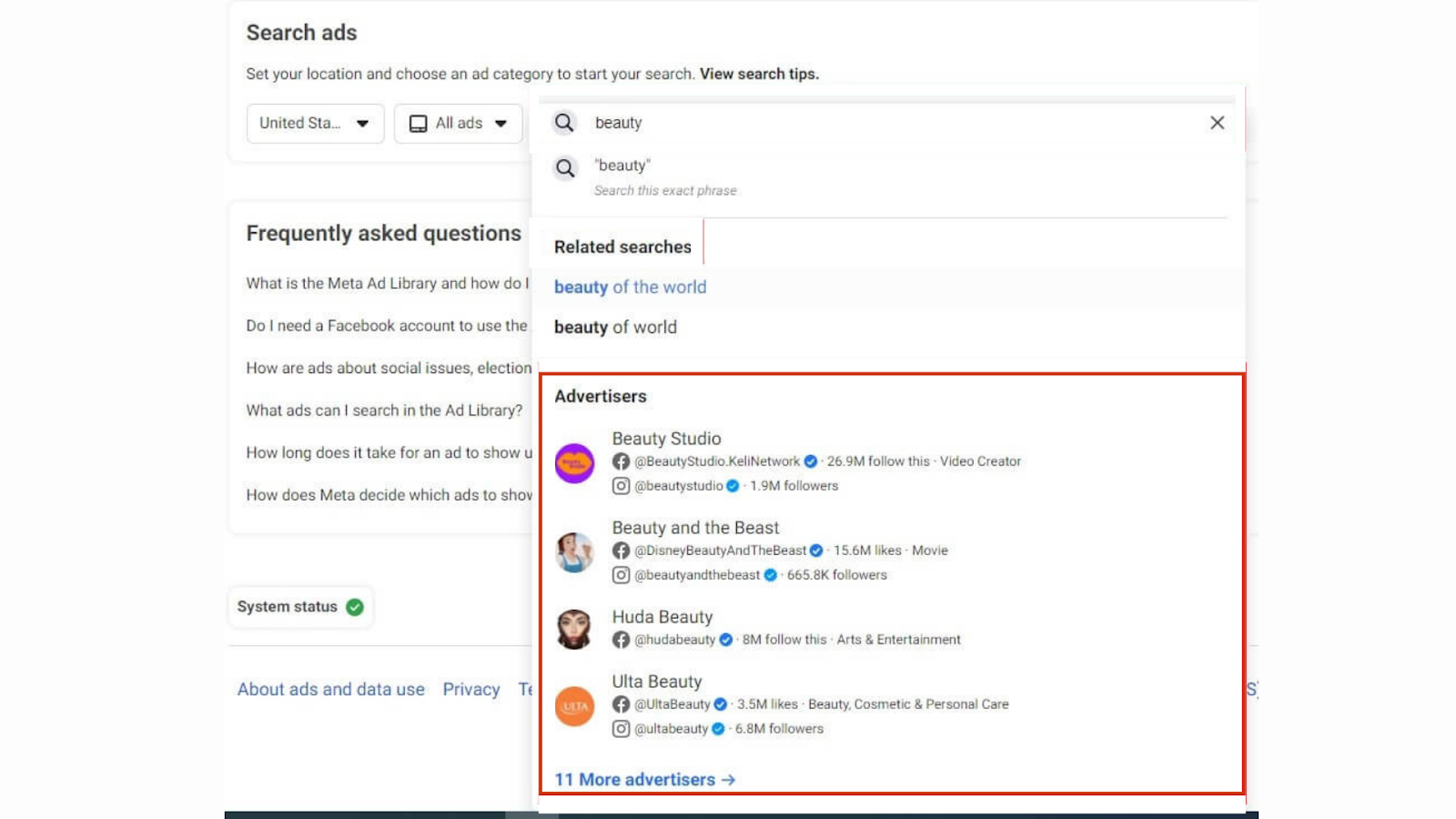
As you navigate through these steps, reflect on the following questions:
- What aspects of content from your selected country captivate you the most?
- Can you pinpoint any patterns or trends in your competitors’ content that are particularly noteworthy?
- What insights can be gleaned from analyzing content in terms of engagement or effectiveness?
- Are there distinctive approaches or elements in the content that strongly resonate with your target audience?
By exploring these questions, you open the door to a more comprehensive understanding of how the Facebook Ad Library can guide and enhance your content strategy.
Engage in creative testing
Beyond simply monitoring campaign metrics post-launch, consider adopting a more proactive approach through quantitative creative testing or dynamic creative optimization.
This involves experimenting with various elements of your ads, such as ad copy, media files, image format, CTA buttons, and more, to test simple variations of the same ad.
By actively conducting quantitative creative testing, you gain insights into what resonates best with your audience, allowing you to refine and optimize your ad content for improved performance. This iterative process empowers you to make data-driven decisions and enhance the effectiveness of your advertising campaigns.
Get ready to leverage your ads now!
To truly maximize the impact of your Facebook Ad Creative, it’s essential to analyze each creative in the creative you use. This strategy will enhance the effectiveness of your Facebook Ad Creative, allowing you to achieve better outcomes within your budget constraints.
Therefore, instead of just monitoring only on campaign, ad set, and ad levels through report from Meta; it’s critical to delve into the details of the creative aspect. Platforms like NestAds provide Creative Report solutions that give you insights into the revenue and profit generated by each creative in your campaign. This valuable information helps you identify which creatives are performing best, making it easier to optimize them for retargeting campaigns or to gain a better understanding of the ad elements that resonate with your customers.
